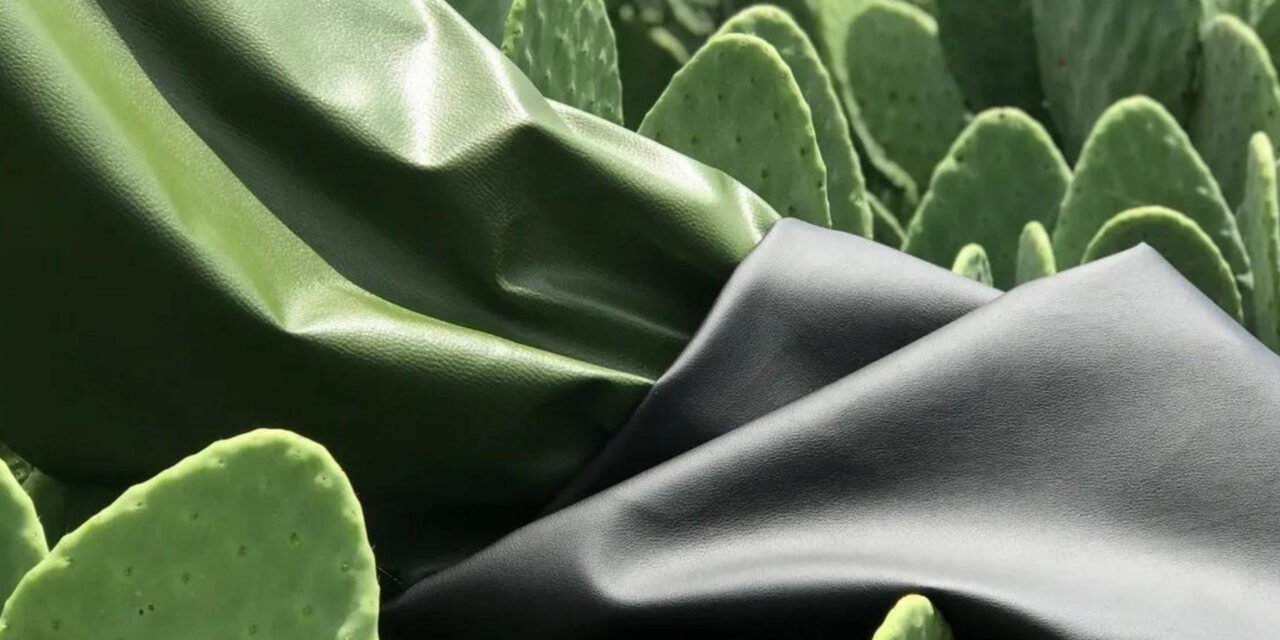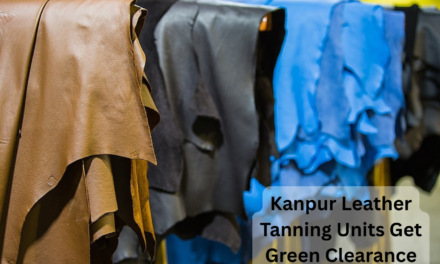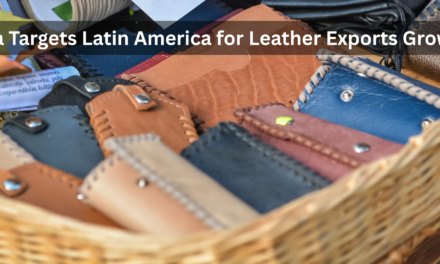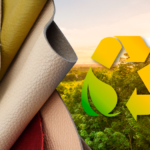Plant-based leather is rapidly gaining traction in the global market as consumers and companies alike seek more sustainable and eco-friendly alternatives to traditional animal-based and synthetic leathers. Made from materials like pineapple leaves, mushrooms, and cacti, plant-based leathers offer a biodegradable, renewable, and cruelty-free option for industries such as fashion, furniture, and automotive. As awareness of the environmental impact of conventional leather grows, more brands are turning to plant-based solutions to align with the sustainability movement and meet the increasing demand for green products.
However, despite its promise, the production of plant-based leather faces challenges due to limited infrastructure and high production costs. The technology for producing plant-based leathers is still in its nascent stages, with significant investment required in manufacturing facilities, raw material sourcing, and processing technologies. This infrastructure gap has led to higher costs for plant-based leather products, making them less competitive compared to conventional leather, especially in price-sensitive markets. Additionally, the availability of raw materials and the scalability of production remain key obstacles to reducing costs and meeting global demand.
Despite these challenges, the growing consumer demand for sustainable fashion and eco-friendly products is driving innovation and investment in plant-based leather technologies. Companies are collaborating with research institutions and startups to develop new materials, improve production processes, and build the necessary infrastructure to bring down costs. As the market for plant-based leather expands, it is expected that economies of scale will eventually reduce prices, making these sustainable alternatives more accessible and competitive in the global leather industry.














